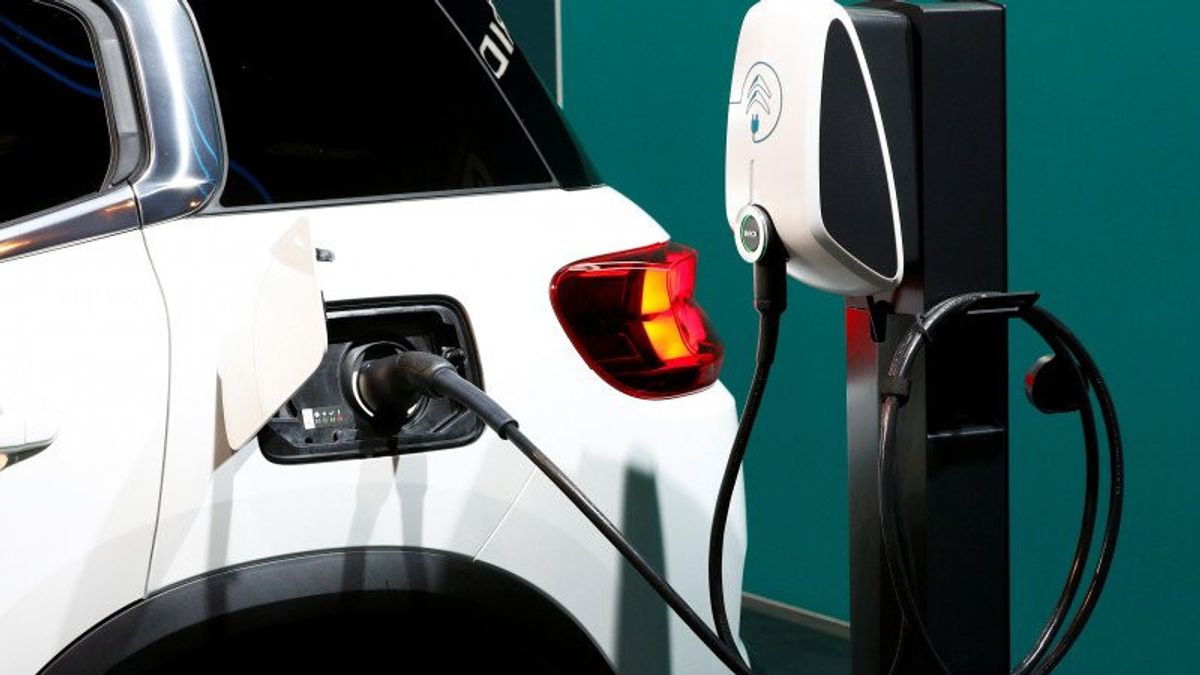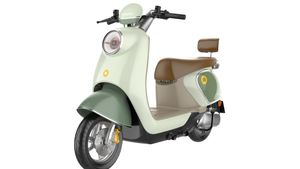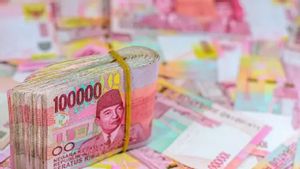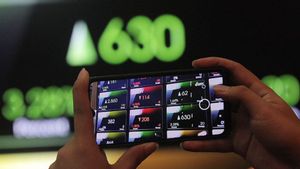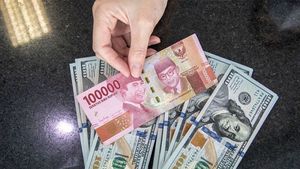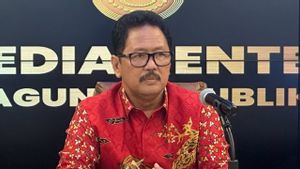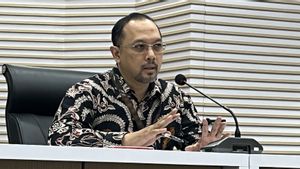JAKARTA - The Indonesian government is targeting the development of as many as two million four-wheeled electric-based vehicles and 13 million two-wheeled electric vehicles by 2030.
From this target, it is hoped that there will be energy savings of 29.79 Million Barrel Oil Equivalent (MBOE) and reductive exhaust emissions of 7.23 million CO2.
Secretary General of the Ministry of Energy and Mineral Resources (ESDM) Dadan Kusdiana said that his party continues to accelerate the development of supporting infrastructure so that an electric vehicle ecosystem is formed.
"To support the formation of an electric vehicle ecosystem, the government continues to increase the construction of electric vehicle charging stations (SPKLU), which is estimated to require 32.000 SPKLU units to meet increasing demand," Dadan said in a written statement, Thursday, May 23.
Along with the development of public charging stations, the availability of chargers at home is also as important as creating a comprehensive charging infrastructure.
In order to facilitate charging at home, PT PLN offers incentives such as special prices for improving the electricity system and tariff cuts for charging overnight.
"These measures are designed to encourage more residents to adopt electric vehicles by making charging comfortable and cost-effective," he said.
SEE ALSO:
Even so, Dadan did not deny that there is still a price gap between electric vehicles and conventional vehicles. To close the disparity of the far price, the Indonesian government also provides tax and subsidy incentives for electric cars, hybrid cars and electric motorcycles.
"Indonesia is preparing US$455 million to subsidize the sale of electric motorcycles. The subsidies include the sale of 800,000 new electric motorcycles and the conversion of 200,000 combustion engine motorcycles," he said.
Thus, it is hoped that more people will adopt electric vehicles in the future.
"The Indonesian government is very confident that a combination of regulations, information and incentives can encourage energy efficiency and mitigation measures in the transportation sector," he added.
The English, Chinese, Japanese, Arabic, and French versions are automatically generated by the AI. So there may still be inaccuracies in translating, please always see Indonesian as our main language. (system supported by DigitalSiber.id)
